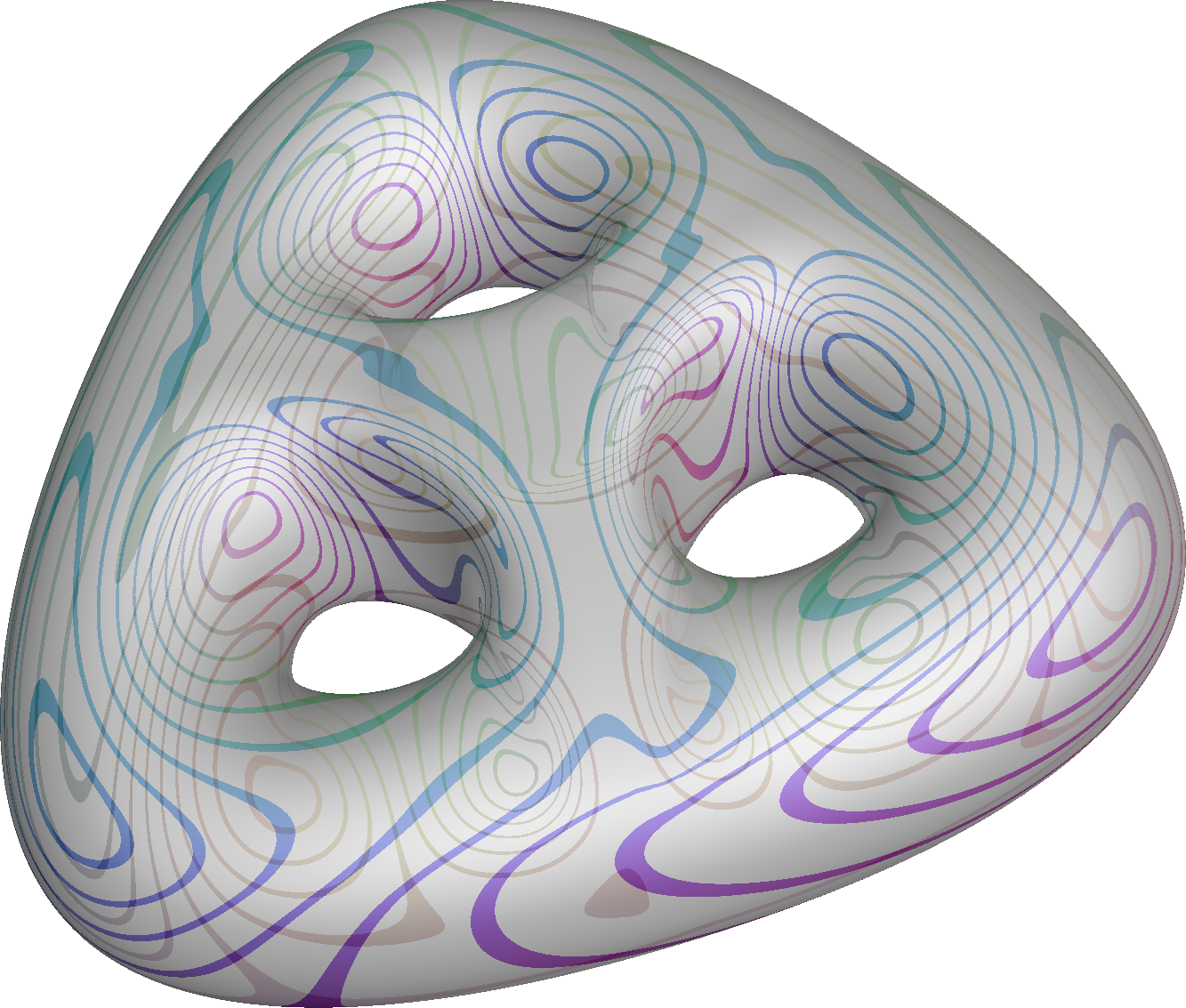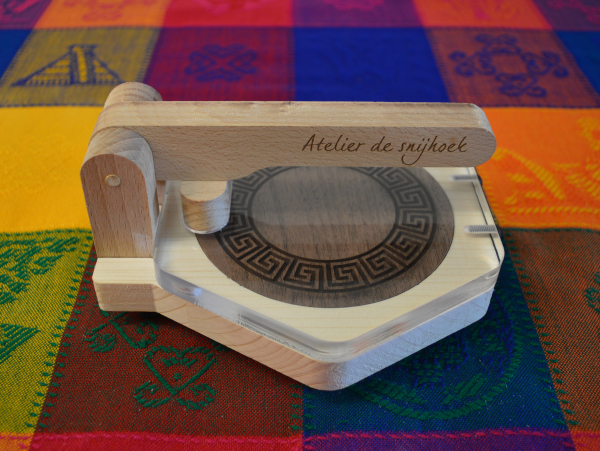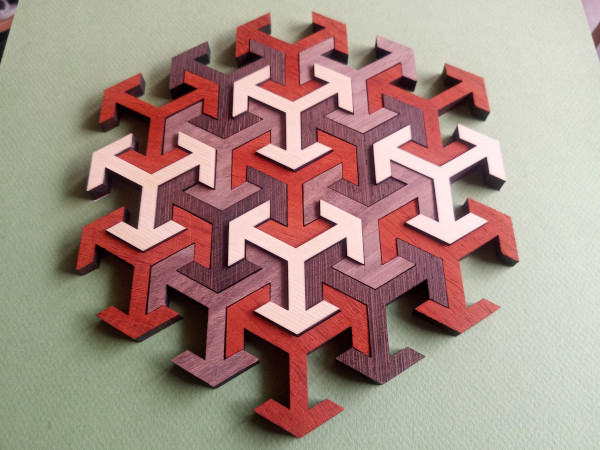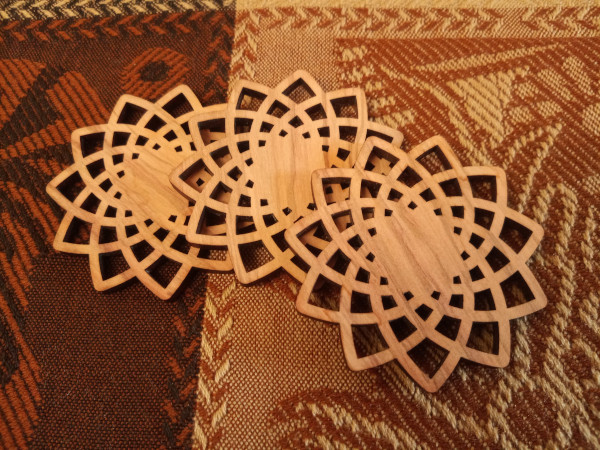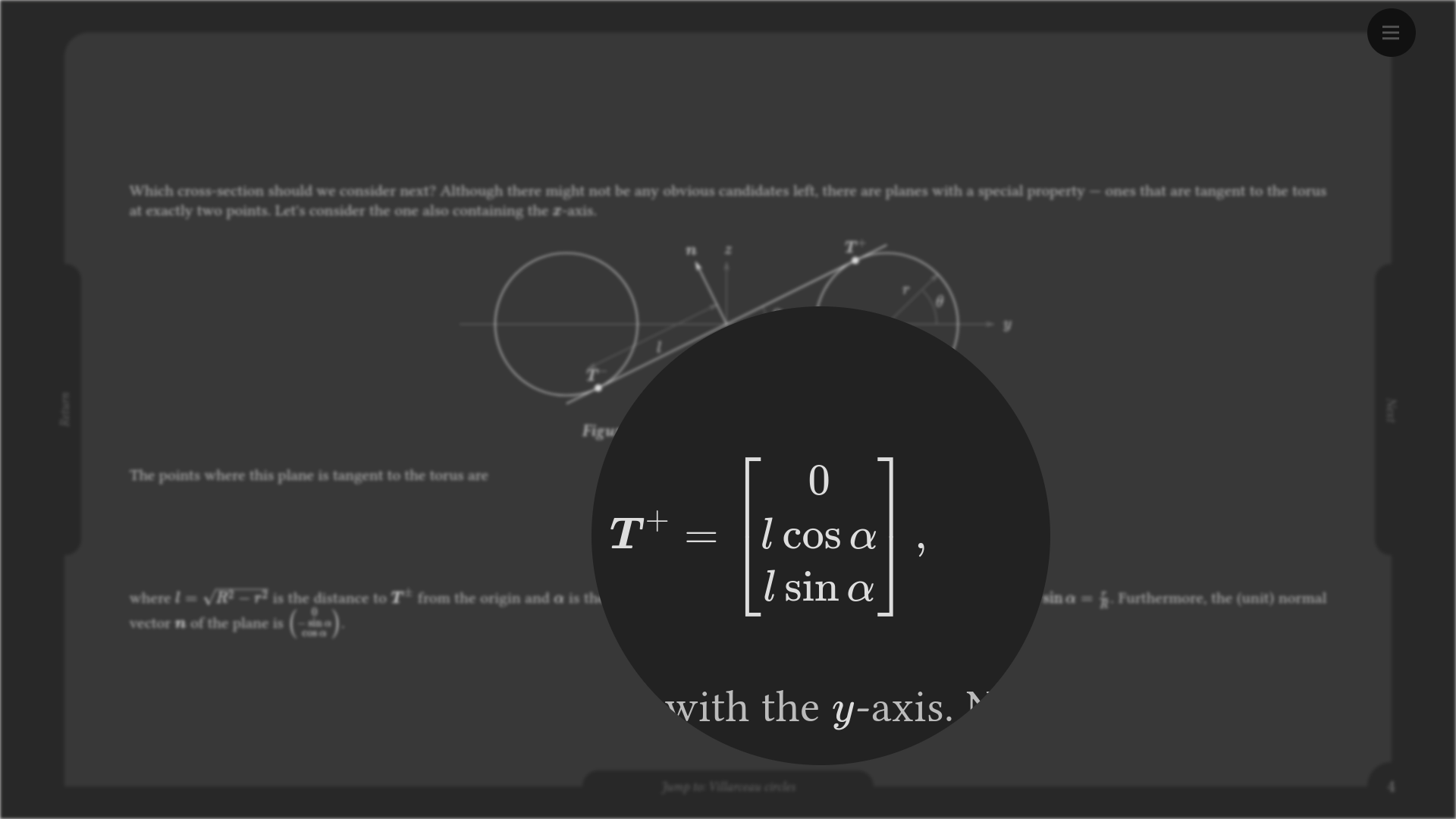Interactive blog
The philosophy behind our blog is gracefully captured by the following quote:
A presentation of geometry in large brush-strokes, so to speak, and based on the approach through visual intuition, should contribute to a more just appreciation of mathematics by a wider range of people than just the specialists.— David Hilbert
As such, regardless of whether you're an engineer, programmer or artist, it is our aim to provide visual and intuitive articles — also covering advanced topics — that can be understood without requiring a ton of background knowledge. In addition, most articles come with interactive features, encouraging you to engage with the concepts presented.
Latest articles
Article series
Many articles are part of a series covering a more extensive topic. Popular series include:
- The mathematics behind spline curves and surfaces — including Bézier, B-spline, box spline and subdivision surface representations
- Tips and tricks on using OpenGL, WebGL and WebGPU — including tessellation shaders, instanced rendering and GPGPU
- Advanced use of vector graphics — including custom attributes, animated SVGs and versioning using Git
- Spline-based numerical methods — including introductions to isogeometric analysis (IgA) and the boundary element method (BEM)
- Shapes from concept to production — walkthroughs on how products are modelled and ultimately manufactured, e.g. laser cut or 3D-printed
Join our Patreon!
Writing these articles and implementing their interactive features is delightful, but unfortunately also rather time-consuming. If you're a frequent visitor, or perhaps read a specific article that turned out to be particularly valuable to you, consider joining our Patreon to support future development of this blog! There are several perks, including the option to suggest coverage of a specific topic as well as access to (vector) files to create a variety of shapes at home or at work.
